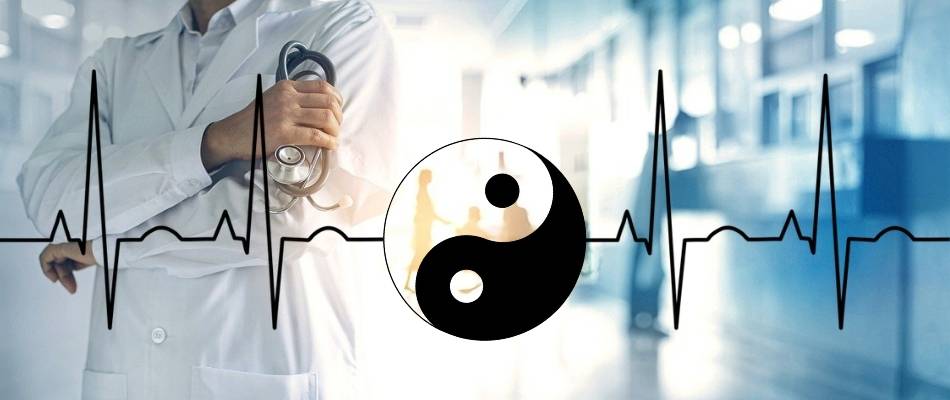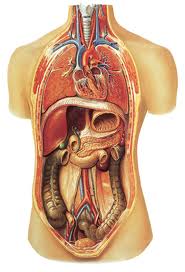So many people these days are inquiring about the health benefits of tai chi and for good reason: the research on the topic is exploding! Literally hundreds of studies have bene done and more are underway. The findings are verifying that tai chi health benefits not only improve our physical fitness and mobility but impact internal health markers normally associated with chronic disease.
Multiple research studies indicate that tai chi health benefits include improvements in mobility, physical fitness, immunity, mental health, and reductions in the impact of chronic diseases like cancer, diabetes, heart failure, and chronic pain.
How can all of this be true? To answer this question, we need two things: We need an explanation of how tai chi achieves these results and why we can’t get the same benefit from other activities like working out or walking. We also need to see the scientific studies to validate the findings and back up the results.
You can imagine the number of questions that I get from people with illnesses attending our free community tai chi class. Many have received a diagnosis, read that the health benefits of tai chi can help them, and they found us while looking for a class. I wanted to create one, massive resource of all of the information that I share individually so that I could refer people here and update it when any new cool research coming out. My way of giving back from using it myself to heal.
Secondly, there is never enough time at the end of class to explain why tai chi and health benefits are connected and why the attendees are feeling so good. So, let’s start with a chart of current, available research on the health benefits of tai chi. Then we will spend the rest of the time below talking about how this is possible.
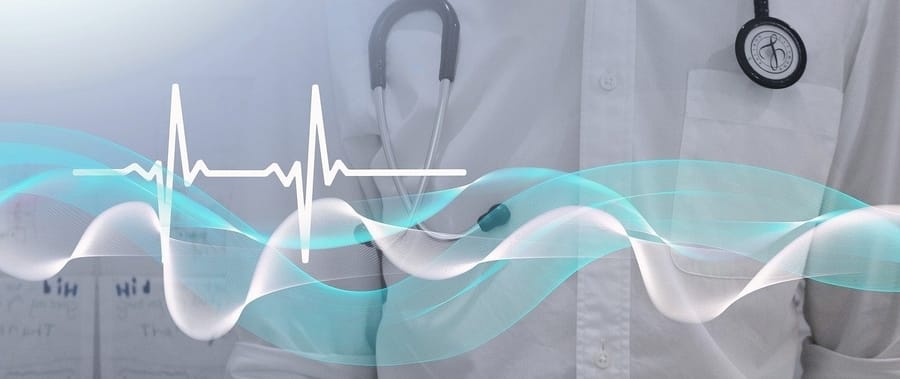
The Health Benefits of Tai Chi – What Is the Evidence?
Being an English-speaker, I am limited to the hundreds of available studies on tai chi health benefits because I can only access what has been done in the West or has been translated. Hopefully you detected my snarkiness in that comment. We, the West, with our deductive thinking, have only been taking Eastern medicine seriously since the 1980s. Studies, records, trials, and results go back 3000+ years in Asia.
Know that in my day job I am a researcher and I do not accept claims easily or quickly without some sort of verifiable or validated evidence to go with them. There is also a responsibility I feel when someone comes to class with a grave condition and they are asking if tai chi can help. I need to be able to say how and why tai chi works independently or in conjunction with their other medical treatments. Here are 68 specific studies on 31 health benefits of tai chi organized by medical condition.
12 Benefits of Tai Chi Related to Chronic Medical Conditions
- Arthritis: Study 1, Study 2, Study 3
- Cancer: Study 1, Study 2
- Cardiovascular Disease (Heart Failure): Study 1, Study 2, Study 3
- Chronic Pain: Study 1, Study 2
- Chronic Obstructive Pulmonary Disease (COPD): Study 1, Study 2
- Diabetes: Study 1, Study 2
- Fatigue: Study 1
- Fibromyalgia: Study 1, Study 2, Study 3
- High Blood Pressure: Study 1, Study 2
- HIV (management of pain): Study 1
- Metabolic Syndrome, Obesity: Study 1, Study 2, Study 3, Study 4
- Stroke: Study 1, Study 2
6 Benefits of Tai Chi for Mental Health
- Anxiety Reduction: Study 1, Study 2
- Depression Treatment: Study 1, Study 2, Study 3
- Mood Regulation: Study 1, Study 2
- Posttraumatic Stress Disorder: Study 1
- Sleep Disturbance Reduction: Study 1, Study 2
- Stress Relief: Study 1, Study 2
9 Benefits of Tai Chi for Physical Health
- Bone Density: Study 1, Study 2
- Fall Prevention (Balance): Study 1, Study 2,
- Fitness: Study 1, Study 2
- Flexibility: Study 1, Study 2
- Fracture Protection: Study 1, Study 2
- Immune System: Study 1, Study 2
- Knee Osteoarthritis: Study 1, Study 2, Study 3
- Lower Back Pain: Study 1, Study 2
- Muscle Strength: Study 1, Study 2
3 Benefits of Tai Chi for Neurodegenerative Disease
- Improved Cognitive Function: Study 1, Study 2, Study 3, Study 4
- Reduced Markers for Dementia: Study 1, Study 2
- Improvements for Parkinson’s Disease: Study 1, Study 2
And a bonus! The health benefits of tai chi and COVID-19: Study 1
How are the Health Benefits of Tai Chi Possible?
Sometimes getting a new diagnosis or having a loved one who gets sick means you have to deep dive into the literature like above to figure out the best way to help them or help yourself. Frankly, it can be overwhelming at times when you just want enough information to motivate yourself to get started.
Here is the overall picture. The average tai chi form can take 6-12 minutes. How can 1) we receive such huge payback in benefits in this short of time? And 2) why is this 6-12 minutes so different from any other 6-12 minute walk, swim, or the like?
Eastern and now western science continue to amass data on the health benefits of Tai Chi Chu’an.
Firstly, yes the tai chi form does not take that long to do.
However, it can take 4-12 months to learn the form correctly depending on style and motivation. The payoff is huge in that it is fun to learn, you benefit as soon as you start practicing, and gain access to your own source of health and healing. If I were promising something this great do you think you could learn it in a weekend?
Secondly, many resources tout the health benefits of tai chi but it’s not really clear why you get the benefits you do.
This is kind of a mistake in my opinion. Adults rarely act on faith alone and making a decision about health is an important one. You honestly do feel good from performing tai chi but things like old knee injuries don’t heal on the spot. Leaning on our intellect to understand the process assists us in being patient as health manifests from within us.
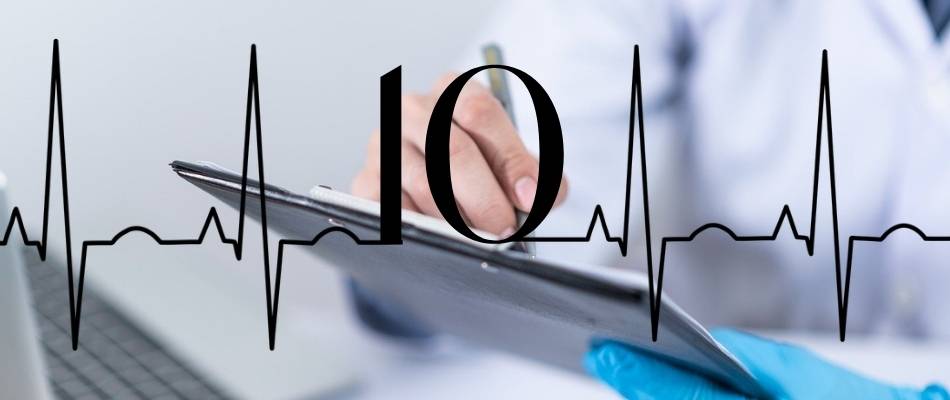
Ten Ways the Health Benefits of Tai Chi Show Up in Our Lives
So how does tai chi improve our sleep? How does it repair the body? How does it cause us to heal? Here are ten ways tai chi has a direct impact on our heath.
1. Tai Chi Benefits Bone Health
Bone health is dependent on the body generating the material to produce bone, and on bones being under a load causing needed density. Tai chi internal arts (qigong) target the production of qi which is directly related to bone marrow generation. Bone marrow also happens to be the production grounds for white blood cells which impacts our immunity.
Bone marrow is the spongy tissue inside some of your bones, such as your hip and thigh bones. It contains stem cells. The stem cells can develop into the red blood cells that carry oxygen through your body, the white blood cells that fight infections, and the platelets that help with blood clotting.
In the 6th Century AD, Bodidharma taught 3 different sets of qigong exercises to the monks at the Shaolin Temple:
- The 18 Luohan Hands
- Sinew Metamorphosis
- Bone Marrow Cleansing
Many tai chi postures put pressure on the largest bones, stimulating heat and activity in the thighs and pelvis. The postures reintroduce your legs and spine to your body’s weight rather than throwing your balance in a direction to carry you forward.
2. Organ Health and Tai Chi
The postures of tai chi put the vertebrae in correct alignment allowing the organs, which are connected to the backbone, to not experience undue pressure. Tai chi movements massage the organs allowing them to perform their function. I need to get a little bit gross here for medicine’s sake. Much of the cancers and debilitating disease are related to toxicity and our inability to purge our system effectively. The rotating and pressing on the organs and intestines, coupled with blood flow and hormone secretion, make us go potty very effectively.
3. Joint Health and Tai Chi
Out comes my soapbox due to being highly athletic in a western sense and experiencing injuries from high school forward. Western athletics lock the joints and stretch the surrounding muscles. Instead, tai chi uses the muscles on both sides of the joint to rotate it and warm it up. Even as recently as the 2012 Olympics they were talking about new studies that include loss of strength due to static stretching.
4. Tai Chi Helps Mental Clarity
Paradoxically, slow learning makes us thing faster. Many parallels are being drawn between the acquisition of music and art abilities (in adults!!) due to these same principles. Here are two of many resources that make my point: Drawing with the Right Side of the Brain – Edwards, Effortless Mastery – Werner. Tai chi is an activity that encompasses the three learning modes: kinesthetic, auditory, and visual. By accessing all three modalities simultaneously once or twice a week in learning we keep ourselves sharp.
5. Tai Chi Results in Stress Reduction
We now know that stress is directly tied to health degeneration, loss of sleep, aging, cardiovascular issues, and is implicated in poor diet choices. Survey research indicates that people’s 1) perception of their mental state improves after tai chi and 2) outlook improves when asked their opinion on basic life questions. Medical indicators such as diastolic pressure were reduced after three minutes of standing meditation. Come on people! That’s 120 seconds!
6. Cardiovascular Effects of Tai Chi
The low stances and proper postures put a good load on your lower body. Cardiovascular efficiency is produced because of the increased pressure to return blood from the legs without stress or tension in the upper body.
7. Lymphatic System Response
The lymphatic system is a network of tissues and organs that help rid the body of toxins, waste, and other unwanted materials. The primary function of the lymphatic system is to transport lymph, a fluid containing infection-fighting white blood cells, throughout the body.
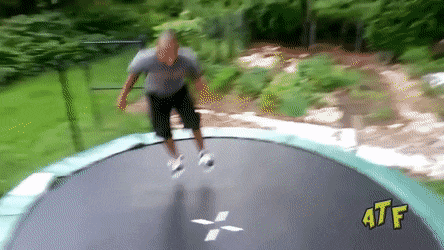
An interesting thing about the lymphatic system is that it doesn’t have its own series of pumps. So how does it move this stuff around? It’s not like our blood’s arterial and venial system. It’s not like our muscles. It’s got one-way valves basically. It moves stuff based on our steps and pounding and bouncing like running. To summarize:
- Bouncing or thumping stimulates the lymphatic system to remove toxins without stressing your joints
- There has been a new interest in “rebounding” because of this little known (2000-year-old) fact
- Tai chi forms contain bouncing, thumping, and pounding.
8. Innervating the parasympathetic and sympathetic nervous system with breath
The vagal nerve is in charge of our parasympathetic nervous system. It decreases our heart rate and blood pressure by deactivating the human’s “fight or flight” stressors, including anxiety. When we are stressed, there is more oxygen in the blood and our breathing is shorter. During this time we primarily use the upper chest for breathing.
The slow, long, continual breathing of tai chi signals your nervous system that everything is alright and it can shut down any high response to stress.
9. Blood Pressure (flow)
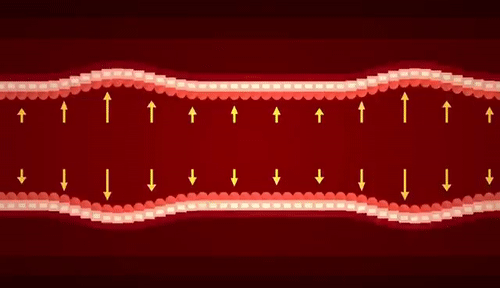
Normal blood pressure equates with low risk of stroke, kidney disease, and heart disease. Tai chi has a positive effect on our blood pressure because the breathing patterns themselves slow down and reduce our heart rates to calm us down and therefore reduced pressure.
Additionally, correct posture puts less reliance on the muscles for stability and more on the bones. The blood vessels run through the body of the muscles so if you can make the muscles work less, there is less pressure on the veins and arteries.
10. Improved Deep Sleep and Improved Restful Waking
We hear a lot about getting good, deep sleep but I also want to talk about restful waking. If we sleep really deeply, we improve our cognitive processes throughout the day and give our body the opportunity to carry out the processes to clean our blood, repair our body, and heal. This is one of the most underappreciated tai chi health benefits because the improvements to sleep cited in the research above carry on long after class is over.
And how about restful waking? Think about when you were a child and shot out of bed on Saturday morning because there was a fresh snowfall or because it was cartoon day. Think about how happy you felt and rested you felt. Well, the marker of a good night’s rest is waking up feeling like it actually happened.
We are working to help increase how frequently doctors recommend tai chi so share these findings out with your physician or colleagues.
Looking for something specific? Check out: Combined Tai Chi Research Evidence Grouped By Illness


